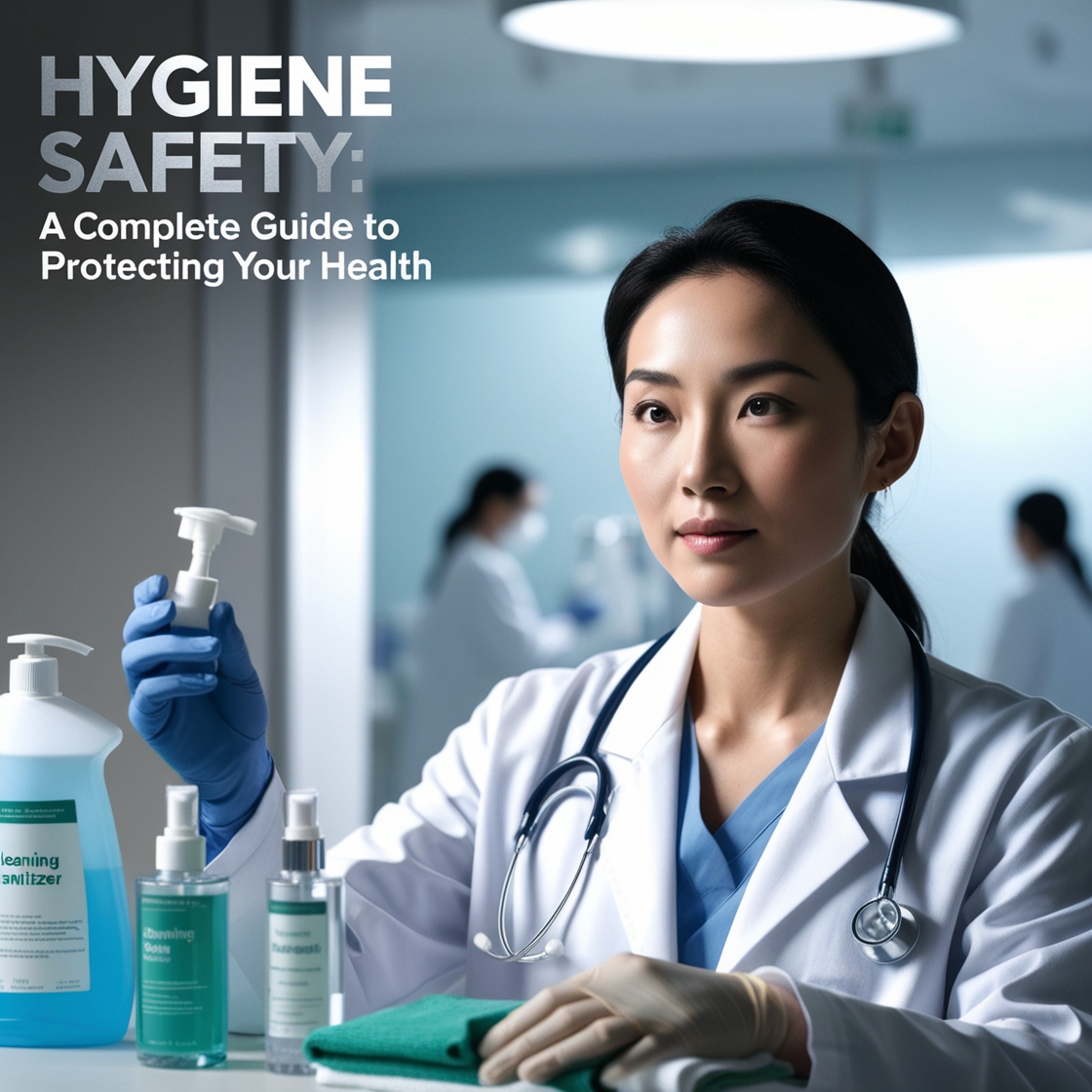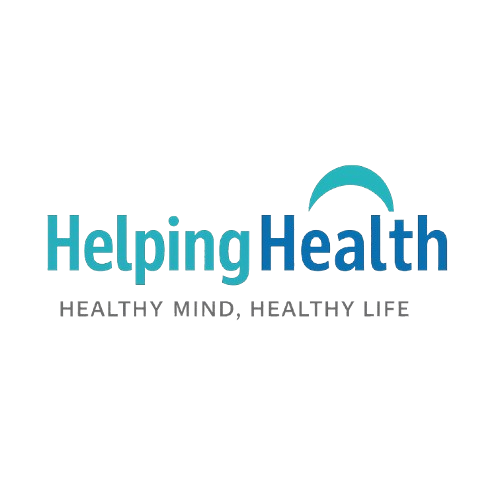
Hygiene Safety: A Complete Guide to Protecting Your Health
Learn essential hygiene safety tips for personal, home, and public environments. Discover how proper hygiene protects against infections, diseases, and promotes overall well-being.
Introduction
In today’s fast-paced world, hygiene safety is more important than ever. From preventing common illnesses like the flu to avoiding serious infections, good hygiene practices are the foundation of a healthy life. Whether it’s personal hygiene, f
ood hygiene, or maintaining a clean environment, these simple habits can dramatically reduce health risks.
This article will cover everything you need to know about hygiene safety — its importance, types, best practices, and how you can integrate hygiene into your daily routine for long-term well-being.
What is Hygiene Safety?
Hygiene safety refers to a set of practices that help prevent diseases and promote good health by maintaining cleanliness and controlling the spread of harmful germs. It involves:
-
Personal hygiene (cleanliness of body and habits)
-
Food hygiene (safe food preparation and storage)
-
Environmental hygiene (clean surroundings)
-
Public hygiene (safe practices in community settings)
Simply put, hygiene safety is about protecting yourself and others from infections through simple but effective precautions.
Why Hygiene Safety is Important
Maintaining hygiene isn’t just about looking clean — it’s about staying healthy. Here are some key benefits:
-
Prevents infectious diseases like flu, diarrhea, cholera, and COVID-19.
-
Boosts confidence and social interactions by ensuring freshness and cleanliness.
-
Improves mental well-being since a clean environment promotes relaxation and reduces stress.
-
Reduces medical expenses by minimizing hospital visits due to preventable illnesses.
-
Creates a safer community when everyone follows hygiene safety guidelines.
Types of Hygiene Safety
1. Personal Hygiene
Personal hygiene involves keeping your body clean and healthy. This includes:
-
Regular handwashing with soap
-
Daily bathing or showering
-
Oral hygiene (brushing & flossing)
-
Nail care (trimming & cleaning)
-
Wearing clean clothes
Tip: Always wash your hands before eating, after using the restroom, or returning home from public places.
2. Food Hygiene
Foodborne illnesses are one of the most common global health problems. To ensure food hygiene:
-
Wash fruits and vegetables thoroughly
-
Cook food at safe temperatures
-
Store raw and cooked foods separately
-
Avoid eating uncovered street food
-
Check expiration dates before consumption
Pro tip: Keep your kitchen clean and disinfected regularly to avoid contamination.
3. Home Hygiene
Your home should be a safe space free from harmful germs. Maintain home hygiene by:
-
Cleaning and disinfecting frequently touched surfaces (doorknobs, switches, remote controls)
-
Regularly washing bed sheets, pillow covers, and towels
-
Keeping bathrooms and kitchens sanitized
-
Proper waste disposal to prevent pests
4. Environmental Hygiene
Clean surroundings are crucial for hygiene safety. Some steps include:
-
Avoiding open defecation
-
Managing waste properly
-
Ensuring access to clean water
-
Planting greenery to reduce pollution
5. Workplace & Public Hygiene
Work and public places can be sources of germs. Practices include:
-
Using hand sanitizer after touching shared objects
-
Covering your mouth and nose when coughing or sneezing
-
Avoiding crowded places when sick
-
Maintaining safe distance and wearing masks during outbreaks
Common Hygiene Mistakes People Make
Even with awareness, people often make mistakes that put health at risk. Examples:
-
Not washing hands long enough (should be at least 20 seconds)
-
Reusing face masks without cleaning
-
Sharing towels, razors, or water bottles
-
Improperly storing leftover food
-
Neglecting to clean mobile phones (a major germ carrier!)
Hygiene Safety During Pandemics
The COVID-19 pandemic highlighted the importance of hygiene safety worldwide. Lessons learned include:
-
Frequent handwashing and sanitizing
-
Mask-wearing in public spaces
-
Regular surface cleaning
-
Avoiding unnecessary physical contact
-
Boosting immunity through good nutrition and exercise
These habits should continue even beyond pandemics to protect against other illnesses.
Hygiene Safety for Different Age Groups
-
Children: Teach handwashing, nail trimming, and brushing teeth properly.
-
Teenagers: Focus on body odor control, skincare, and menstrual hygiene for girls.
-
Adults: Emphasize balanced diet, workplace hygiene, and stress management.
-
Elderly: Special care for oral hygiene, skin care, and preventing infections due to weaker immunity.
Best Practices for Hygiene Safety
-
Wash hands with soap and water frequently.
-
Keep nails short and clean.
-
Shower daily and wear fresh clothes.
-
Always cover food to protect from flies and dust.
-
Use disinfectants in homes and workplaces.
-
Teach children about hygiene from an early age.
-
Carry hand sanitizer when traveling.
-
Avoid spitting or littering in public places.
Conclusion
Hygiene safety is not a one-time effort but a lifestyle choice. By following simple steps like regular handwashing, proper food handling, and maintaining a clean environment, you can protect yourself and your loved ones from countless diseases.
At Helping Health, we believe that small hygiene habits can bring big health benefits. Start practicing these today and build a healthier, safer tomorrow!
